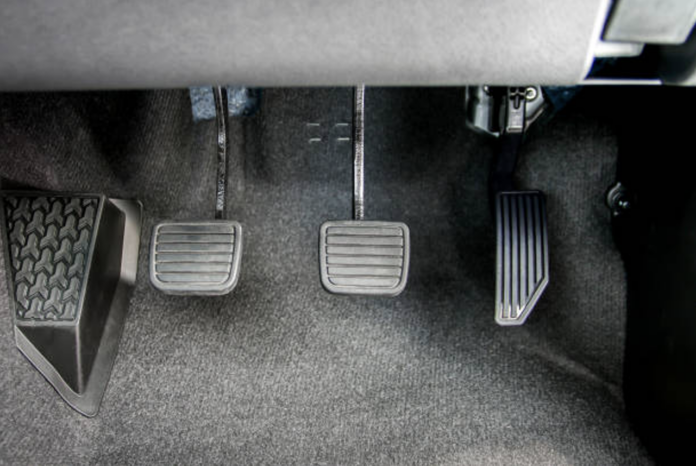A common debate among manual transmission drivers is whether to press the clutch first, then the brakes when stopping, or start with the brakes followed by the clutch.
However, according to James Orina, a driving instructor, the brake-clutch sequence depends on the driver’s speed and road terrain. He explains different sequences as follows:
Clutch Only
When driving a manual transmission vehicle, you’ll need to press the clutch down before stopping, or the car will stall. You will typically feel the vehicle begin to shake before it stalls. Pressing the clutch down quickly should save it from stalling. This should be done roughly two car lengths before you stop completely.
Brake Before Clutch
If you need to slow down or stop while driving at high speed, press the brakes first and then the clutch. Pressing the brakes will slow down the car, and then you can press the clutch to disengage the engine from the wheels.
10 things you should NEVER do when driving a manual car
Pressing the clutch first can cause the engine to rev up, which can be dangerous if you are trying to slow down. Additionally, pressing the brakes first allows you to control the car’s speed and direction while slowing down.
It’s important to note that in an emergency, your priority should be braking as quickly and safely as possible without worrying about pressing the clutch. In such situations, the clutch can be pressed after the brakes have been applied to prevent the engine from stalling.
Clutch Before Brake
When driving at low speeds in a manual transmission car, the proper technique for slowing down or coming to a stop is first to depress the clutch pedal to the floor and then apply the brakes.
This technique is necessary because the engine is more likely to stall at low speeds if you apply the brakes first without disengaging the engine from the transmission. By depressing the clutch pedal first, you disengage the engine from the transmission, which allows you to come to a stop without stalling the engine.
10 Fuel Hacks Every Car Owner Should Know
It’s important to note that when driving at very low speeds, such as when manoeuvring in a parking lot or during parallel parking, you may need to use the clutch to modulate the car’s speed, as the brakes alone may cause the vehicle to stop abruptly or jerk. In such cases, you can release the clutch pedal slowly while lightly applying the accelerator pedal to control the car’s speed.
Clutch And Brake at the same Time
You can press the clutch and brakes simultaneously when you need to stop the car in an emergency quickly. By pressing both pedals, you can slow down the car more quickly than if you were only pressing the brakes. Additionally, pressing the clutch pedal ensures the engine doesn’t stall or cause the wheels to lock up.
However, emergency braking should only be used when you need to stop quickly to avoid a collision. In normal driving situations, it’s best to use the brakes and clutch separately, as pressing them both simultaneously can cause unnecessary wear and tear on the clutch and brakes.











